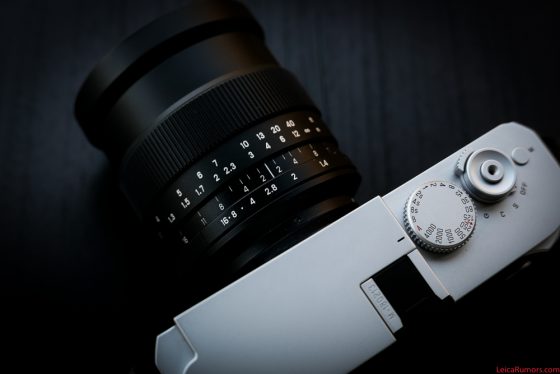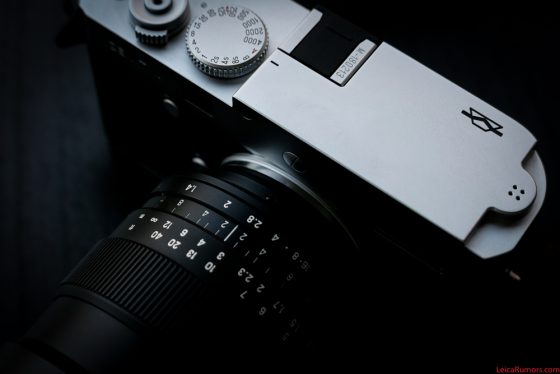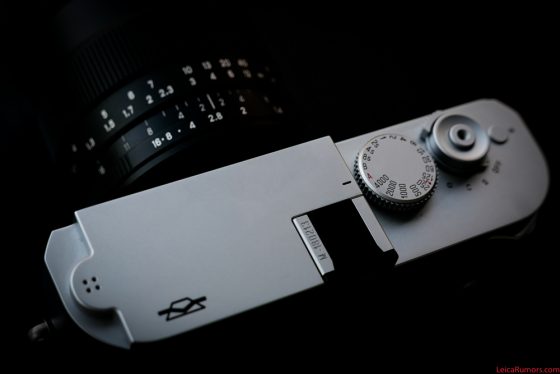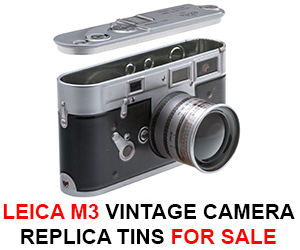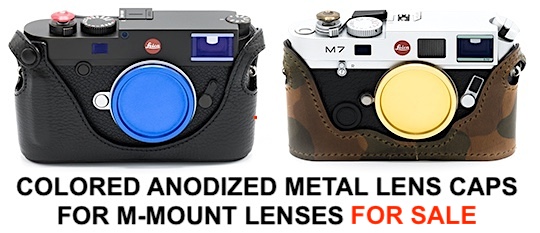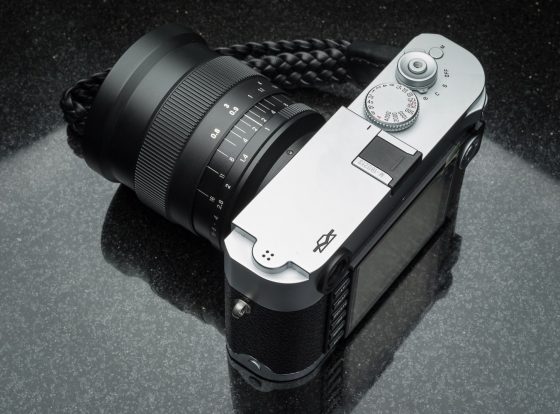
photos by Vi Vante
I had the chance to play with the Zenit M camera and here is my report. The Zenit-M is basically an M240 without the 6bit code reader with small design cues from Zenit’s design firm. It’s completely made by Leica and calibrated by Leica. The Zenitar 35mm f/1 lens is 100% designed by Zenit with feedback from Leica. The camera software also was influenced by Zenit. For the camera kits, the lenses are sent to Germany and the camera is calibrated a 2nd time with the lens fitted and then packaged in Germany and sealed with their own Sicherband tape. Any warranty work on the camera will be handled by Leica – and the camera will be sent to Zenit who will send it to Leica and returned from Leica direct to the customer. Shipping costs on any valid warranty issue will be covered completely. In the US, the Zenit M camera and Zenitar 35mm f/1 lens can be purchased only at the Zenit.store.
Zenit M camera
- The default menu language is Russian but other languages can be selected.
- The user manual is in Russian and English.
- Only three different Zenit M lens profiles are available in the Zenit M camera: 2.8/21, 1.0/35 and 1.0/50:
- The Zenit M camera has video, just like the M 240. The rest of the settings and functions are also like the M 240.
- The Zenit M camera only is now available for $3,495.
- The US pricing for both the camera and lens is $6,995.
- Zenit.store is the only place where you can purchase the Zenit M in the US.
- Only 50 of the Zenit-M Black camera were produced.
- Zenit M unboxing pictures can be found here.
- The Zenit-M cameras are a limited edition of 500 (450 silver and 50 black) but will have a Leica serial number on the camera and Zenit serial number on the Zenitar 35mm lens. The edition number will be on the special box and on the commemorative card. The kits are being sold with random numbers being chosen, meaning that customers cannot pick their lucky number or whatever, unfortunately.
- Zenit-M kit purchasers will also get first priority on the Zenitar lenses when they are first available. They must have their commemorative card to get the discount and the discounts will be logged via that number (only one discount for each lens per camera):
Zenitar 35mm f/1 lens
- The Zenitar 35mm f/1 lens is made in Russia. The Zenit M camera is made in Germany.
- Smooth and tight focusing ring. The aperture ring is looser.
- Focusing scale in feet and meters.
- No focusing tab.
- No six-bit coding.
- No lens hood.
- Clickless aperture – it is easy to bump the aperture while shooting, my major complaint when shooting this combo.
- The aperture and focusing ring are switched (compared to Leica M lenses):
- The aperture values on the aperture ring are not spaced equally- f/8 and f/16 are too close to each other and f/11 is completely missing (just like on 7artisans lenses).
- Also, the aperture ring is reversed – f/1 wide open is at the very right:
- Zenitar 35mm f/1 lens additional information:
- Warranty work on the lens will be handled by Zenit KMZ in Russia or by the US Service station in Colorado.
- Lens certificate:
- The lens renders with the same character as most Zenitar lenses – big bokeh and flare wide open, it is soft when wide open, but becomes sharper when stopped down.
- The lens is big and the viewfinder blockage is significant, just like the Noctilux:
- The lens is heavy (Noctilux territory) – 25.1oz/711g (the Noctilux is 700g):
- Barrel distortion:
- Vignetting is almost gone at f/2.8:
- The other two upcoming Zenitar M-mount lenses are – 28mm f/2.8 and 50mm f/1.0:
- The new Zenit M-mount lenses (2.8/21, 1.0/35 and 1.0/50) will be available for purchase separately in the second quarter of 2020.
- The Zenitar 35mm f/1.0 lens for Leica M-mount will be priced around $3,995 when sold separately later this year – this is not confirmed yet.
- If you purchased a Zenit-M camera or a kit you will get a special discount (probably around 20%-30% off) on the new Zenit 50/1.0 and 21/2.8 M-mount lenses in the 2nd quarter of 2020.
- Zenit is also expected to announce several other new lenses in 2020.
- The Zenitar 35mm f/1 next to the Leica M 90mm f/2 and 50mm f/1.4 lenses:
- Here is the Zenitar 35mm f/1.0 lens mounted on the Leica M10:
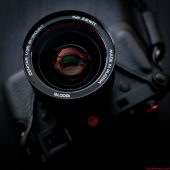
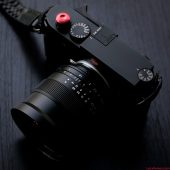
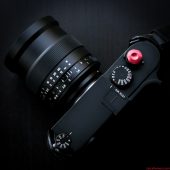
Of course, the colored anodized metal M-mount caps are also a good fit for the Zenit M camera:

More pictures of the Zenit M camera:
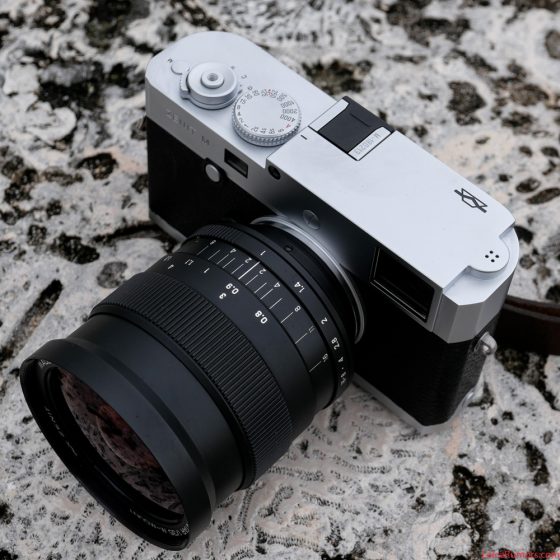

The Zenitar 35mm f/1.0 lens next to the Leica Noctilux 50mm f/0.95 lens:
View this post on Instagram
View this post on Instagram
Sample photos
S0me sample photos taken with the Zenit M camera and Zenitar 35mm f/1 lens can be found on Flickr (JPG SOOC – straight out of the Zenit M camera without any correction or post-processing applied):
History of Zenit
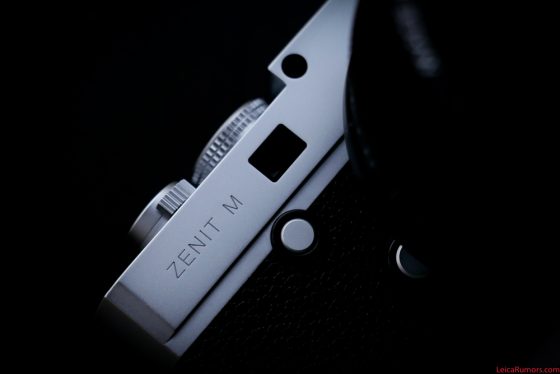
In February 1942, by order of the People’s Commissar of Armaments of the USSR No. 63, a decision was taken in the liberated squares of the Lenin plant evacuated to Novosibirsk from Krasnogorsk, to create a new enterprise – the State Union Optical Plant No. 393, and later it was renamed into the Krasnogorsky Zavod PJSC.
At the same time, its specialization was defined – the development and production of aerial photography and sighting devices, as well as photo, film and scientific equipment. In 1944, the first photographic camera was produced by the plant. It was a specialized photo sniper FS-2.
In 1946 the trademark of the enterprise was registered – the outline of the Dove’s prismatic solid refracting a ray of light. In the same year the camera “Moscow-1” was released, which was intended for the consumer’s market.
In 1948, the Central Design Bureau (CDB) was established at the enterprise. By May 1, 1948, the first 50 units of a small-scale camera were issued, which in 1949 received the name “Zorky” and became one of the symbols of the city of Krasnogorsk.
In 1957, the AFA-39 camera was the first in the world to survey the surface of the Earth from a height of 200 km. And as late as in 1959 the far side of the Moon was photographed for the first time in the world practice. The photographic equipment AFA-E1, created by the plant, was installed on the interplanetary automatic station.
On April 12, 1961, the launch of the Vostok spaceship with Yuri Gagarin carried out on board was taken with the help of the KT-50 movie transit-theodolite developed by the plant.
In 1964 the enterprise was the first in the country to produce series camera “Zorky-10” and “Zorky-11”.
In 1972, a new trademark of the enterprise was registered, which is the plant’s logo up to this day.
In 2012, the enterprise resumed the production of lenses MC “Mir-20M”, “Helios 40-2” and MC APO.
In addition, PJSC KMZ has won a tender and concluded a state contract with “Roskosmos” (The Russian Federal Space Agency) for work on the development of a technology for manufacturing lightweight primary mirrors for advanced large-scale space telescopes of ultrahigh-resolution for remote sensing of the Earth.
Krasnogorsky Zavod today
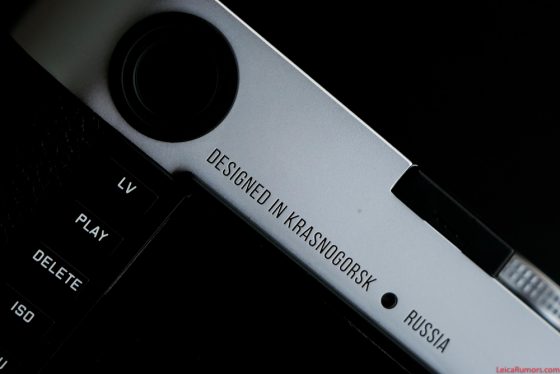
Krasnogorksy Zavod PJSC is one of the leading enterprises in Russia in the field of optical and optoelectronic instrumentation, possessing a unique long-term experience and providing development, testing and serial production of devices and systems for various applications for decades.
During the existence of the enterprise, a number of tasks of national importance have been solved, products that have no analogues not only in the country, but also in the world have been produced.
In addition, PJSC KMZ performs carries out events for warranty repair and author’s supervision of the state of manufactured products.
The high level of quality of the products produced by the enterprise is confirmed by certificates of compliance with the standards of GOST (all-Union State Standard)ISO 9001: 2011 (IQnet), GOST (all-Union State Standard) RW 0015-002-2012, GOST(all-Union State Standard) ISO 9001: 2011, and by numerous awards.
Currently, the company carries out technical re-equipment and modernization of production, purchases new technological equipment for optimization of the work process and improving of the quality of its products, and introduces new technologies and develops promising products for scientific research, industry, construction, healthcare, photographic equipment, recreation and tourism.

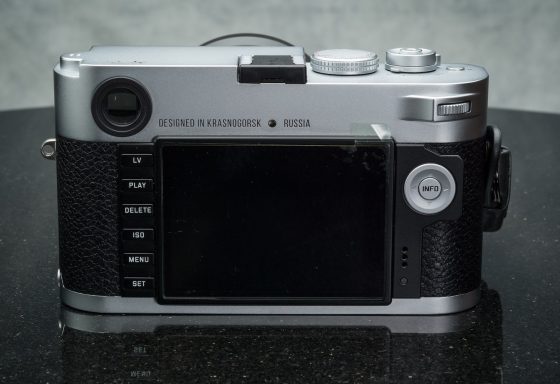

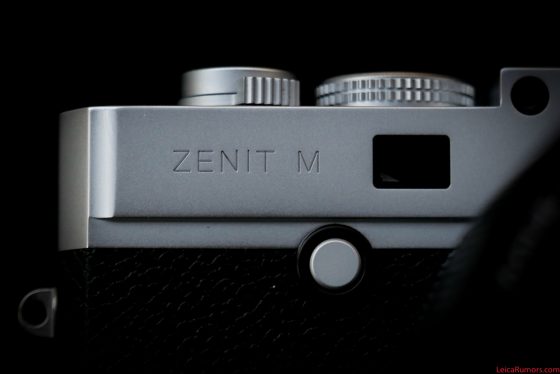
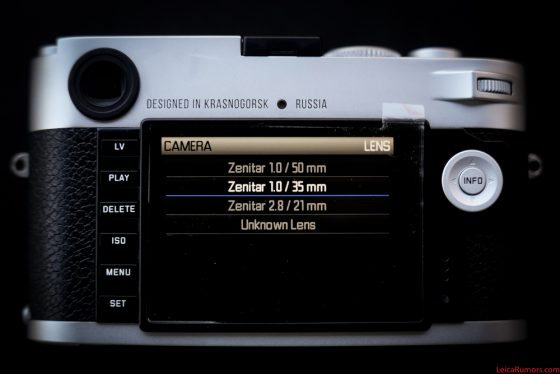

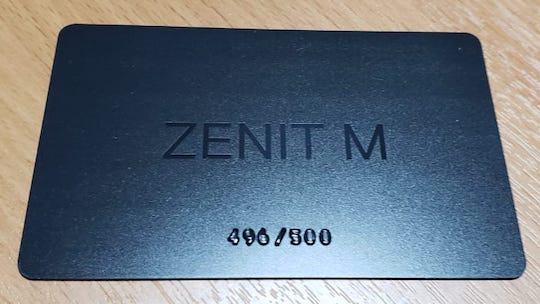
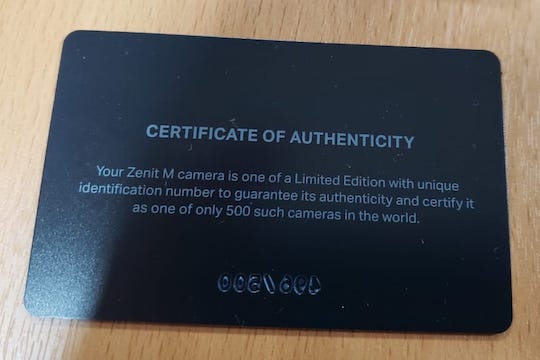
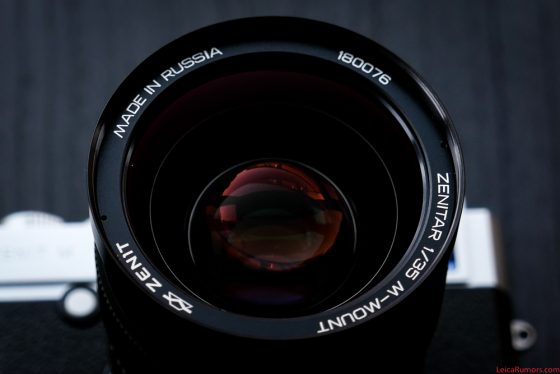

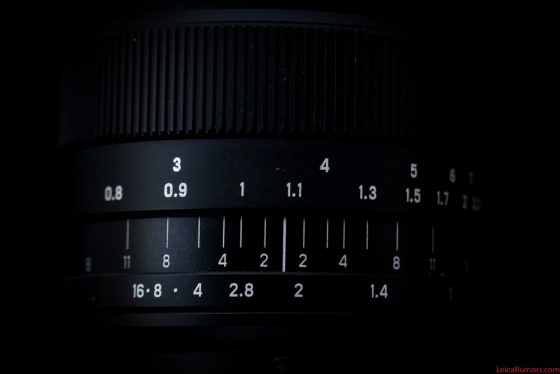
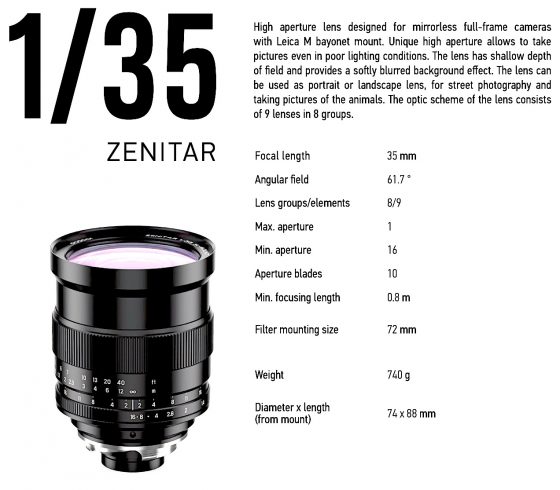
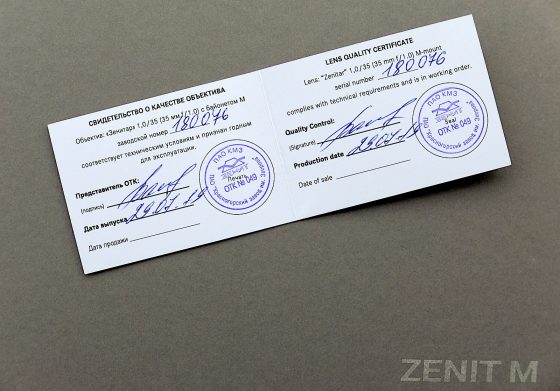
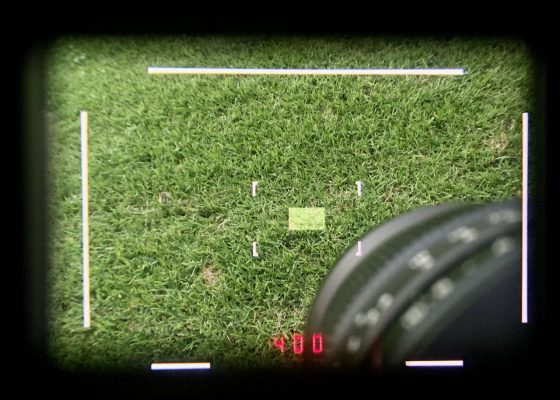
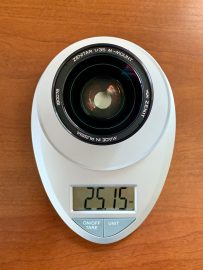
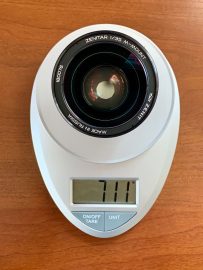
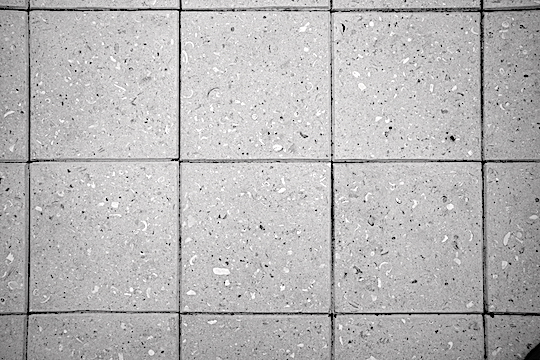


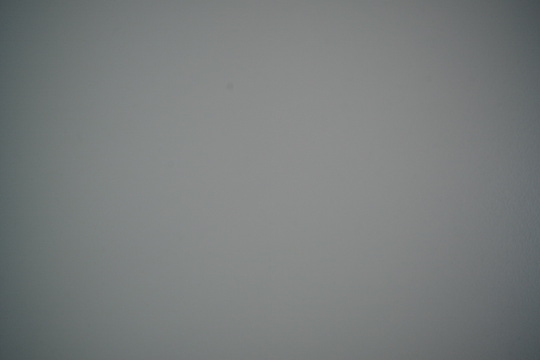
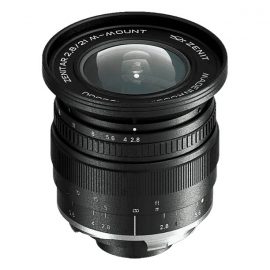
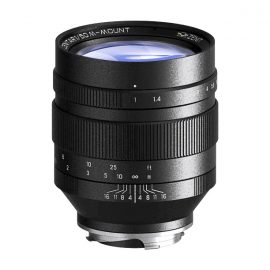
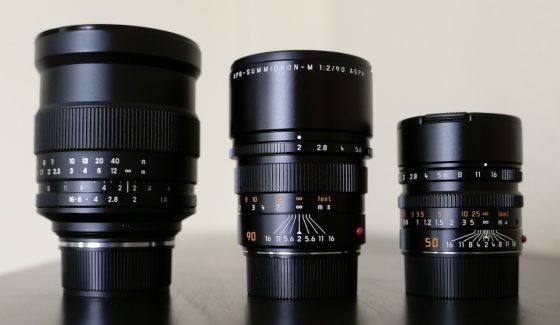
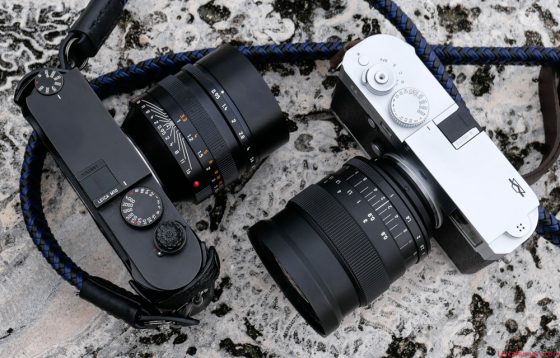
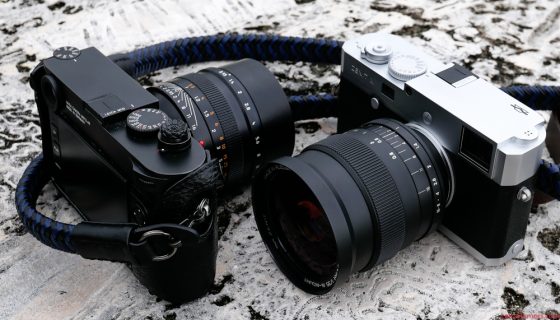
 (@leicarumors)
(@leicarumors)
